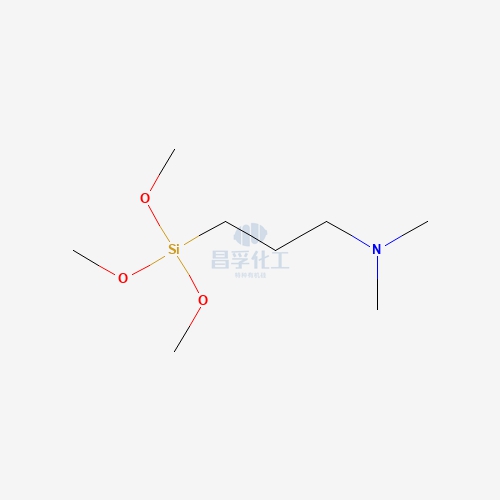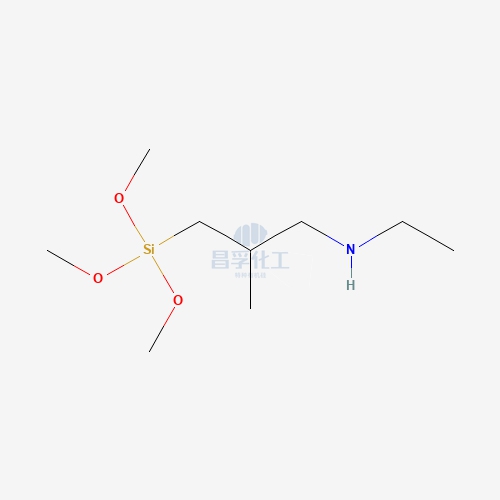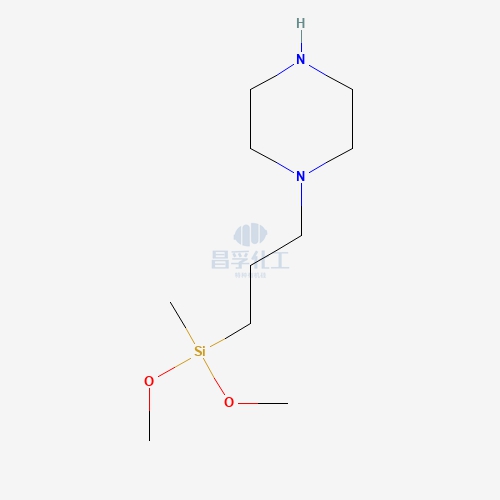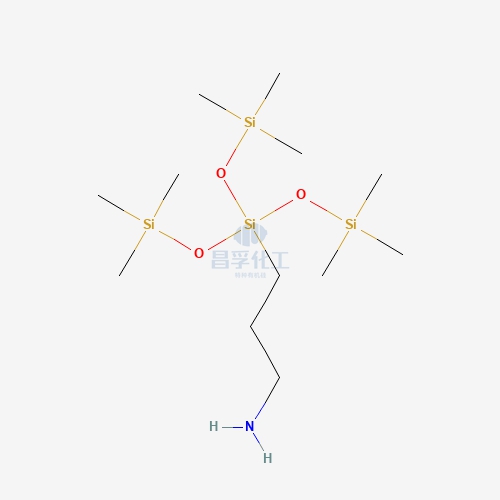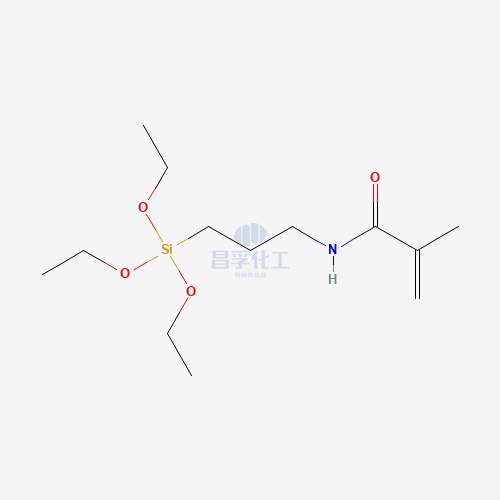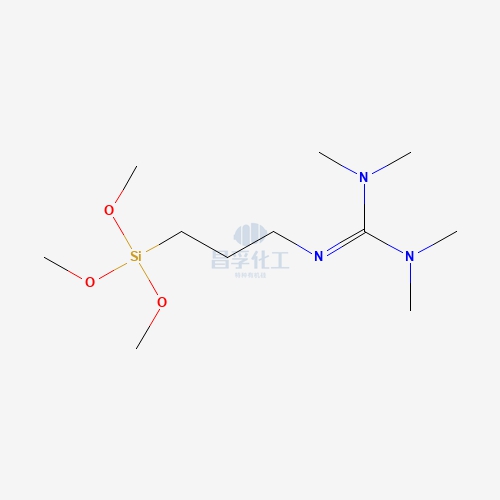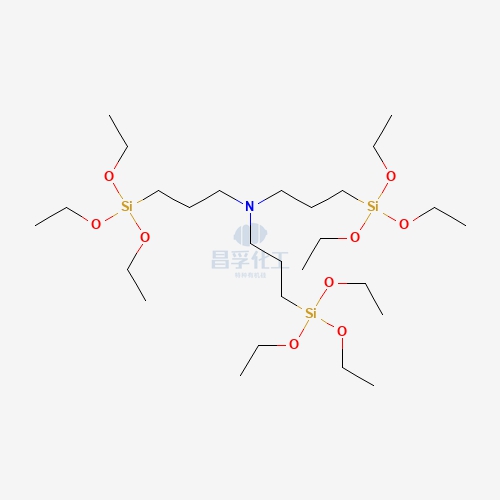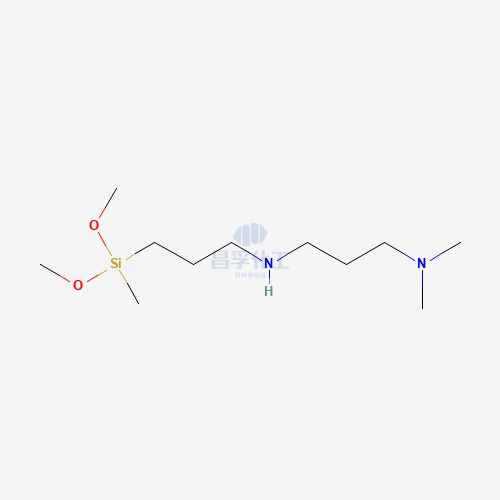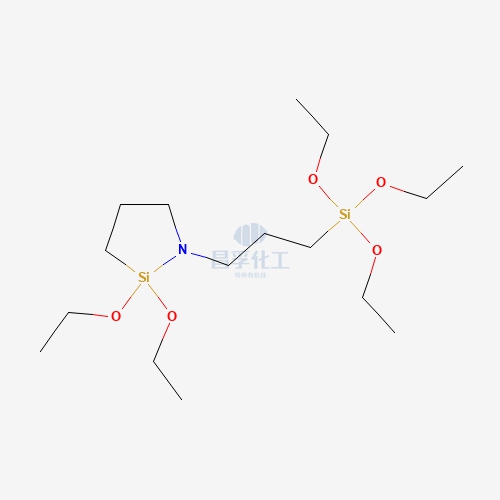
Contact Changfu Chemical Now!
+86 27 8439 6550 | +86 181 6277 0058
From Sand to Science: Exploring the Vital Role of Silicon Dioxide in Organic Chemistry
Silicon dioxide, commonly known as silica, is a fascinating compound that bridges the gap between the simplicity of sand and the complexity of scientific innovation. Its versatility and unique properties make it a cornerstone in various fields, particularly in organic chemistry. In this comprehensive guide, we’ll explore the journey of silicon dioxide from its natural state to its pivotal role in modern science.
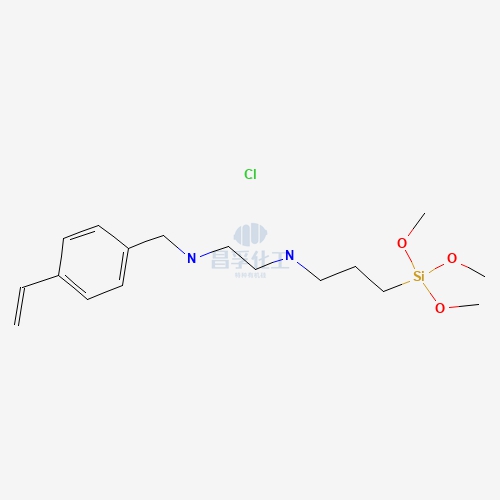
What is Silicon Dioxide?
Silicon dioxide (SiO₂) is a naturally occurring compound found in quartz and various living organisms. It is one of the most abundant minerals in the Earth’s crust. In its pure form, it appears as a crystalline or amorphous solid, primarily found in sand and quartz.
Historical Context
The use of silicon dioxide dates back to ancient times when it was utilized in the production of glass and ceramics. Over the centuries, its applications have expanded, and today, it plays a critical role in various scientific and industrial processes.
Synthesis of Silicon Dioxide
Silicon dioxide can be synthesized in the laboratory through several methods. One common approach involves reacting sodium silicate with hydrochloric acid to produce a gel, which is then dried to form pure silica. Industrially, it is often produced by reducing quartz sand with carbon in an electric furnace.
Physical and Chemical Properties
Silicon dioxide is characterized by its high melting point (about 1,600°C) and its chemical inertness. It is insoluble in water and most acids but can be dissolved by hydrofluoric acid. These properties make it an ideal material for various industrial applications.
Role in Organic Chemistry
In organic chemistry, silicon dioxide is widely used as a catalyst and as a stationary phase in chromatography. Its ability to facilitate reactions without being consumed makes it invaluable in synthesizing various organic compounds. Additionally, its high surface area and porosity enhance its effectiveness in purification processes.
Applications in Various Industries
Silicon dioxide’s versatility extends beyond organic chemistry into several industries:
- Pharmaceuticals: Used as an excipient and to improve the flow properties of tablets.
- Food and Beverage: Acts as an anti-caking agent.
- Electronics: Essential in the manufacturing of semiconductors and integrated circuits.
- Cosmetics: Provides texture and absorbency in various products.
Environmental and Safety Considerations
While silicon dioxide is generally considered safe, fine particulate forms (like silica dust) can pose respiratory hazards if inhaled. Proper handling and protective measures are necessary to mitigate these risks. Environmentally, the production and disposal of silicon dioxide must be managed to prevent adverse effects.
Future Research and Developments
Research on silicon dioxide is ongoing, with exciting developments in nanotechnology and materials science. Innovations include its use in drug delivery systems and as a component in high-performance materials.
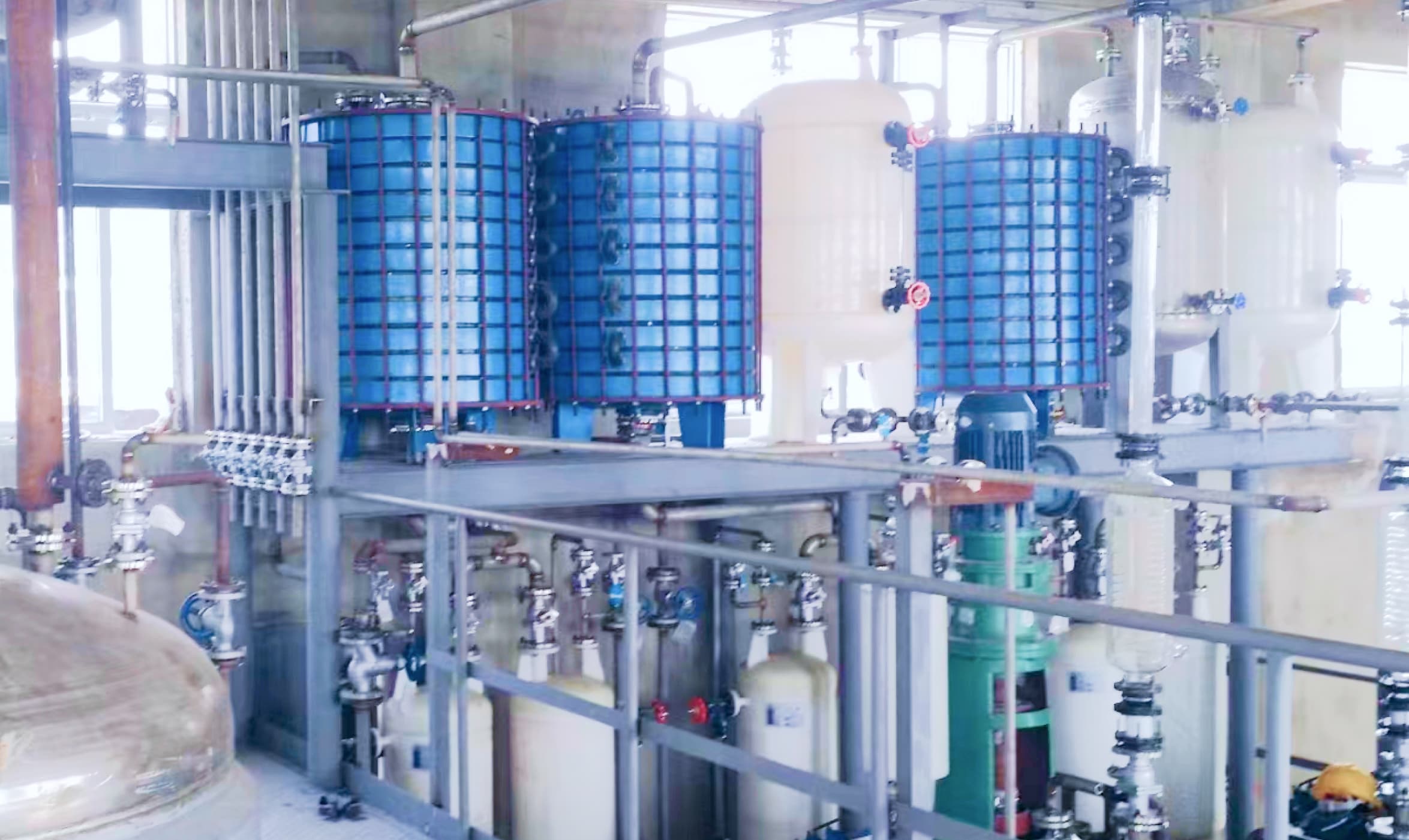
FAQs and Common Themes
- What are the natural sources of silicon dioxide?
- Silicon dioxide is primarily found in quartz and sand. It also exists in living organisms, water, and the Earth's crust.
- How is silicon dioxide synthesized in the lab?
- It can be synthesized by reacting sodium silicate with hydrochloric acid, forming a gel that is then dried into pure silica.
- What are the industrial applications of silicon dioxide?
- Its applications span pharmaceuticals, food and beverage, electronics, and cosmetics industries.
- Why is silicon dioxide important in organic chemistry?
- It serves as a catalyst and is crucial in chromatography and purification processes, aiding in the synthesis of various organic compounds.
- What are the safety concerns associated with silicon dioxide?
- While generally safe, inhalation of fine silica dust can cause respiratory issues. Appropriate safety measures are essential.
- How does silicon dioxide function as a catalyst?
- It facilitates reactions by providing a surface for reactants to adhere to and interact without being consumed in the process.
- What are the environmental impacts of silicon dioxide production?
- Proper management is required to mitigate environmental impacts during production and disposal.
- What are the latest research developments involving silicon dioxide?
- Innovations include its use in nanotechnology, drug delivery systems, and high-performance materials.
- How is silicon dioxide used in the pharmaceutical industry?
- It improves the flow properties of tablets and serves as an excipient in various formulations.
- What are the differences between natural and synthetic silicon dioxide?
- Natural silicon dioxide is found in quartz and sand, while synthetic forms are produced through chemical processes. Both have unique applications based on their purity and physical characteristics.
Conclusion
Silicon dioxide, from its humble beginnings as sand, has transformed into a vital component in scientific and industrial applications. Its versatility and unique properties make it indispensable in organic chemistry and beyond. As research progresses, the potential uses of silicon dioxide continue to expand, promising exciting advancements in technology and science.
By understanding the full spectrum of silicon dioxide's properties and applications, we gain insight into its critical role in modern chemistry and industry. This comprehensive guide serves as a foundational resource for anyone looking to delve into the fascinating world of silicon dioxide.
For more information on the role of silicon dioxide in various organic compounds, be sure to explore additional resources and stay updated on the latest research and developments.
Popular Silicon Compounds
Popular Silicon Compounds
Related News & Blog
Related News & Blog


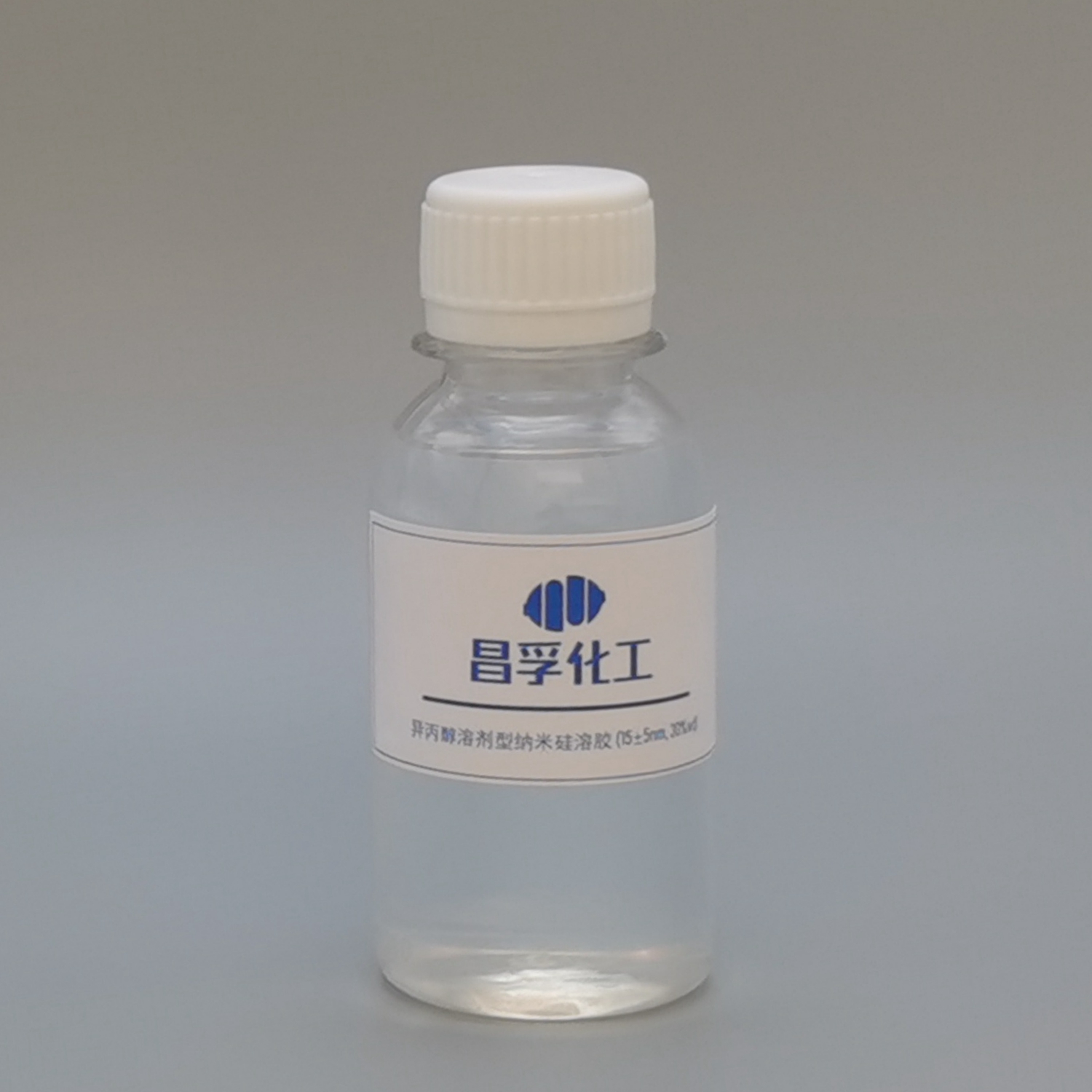
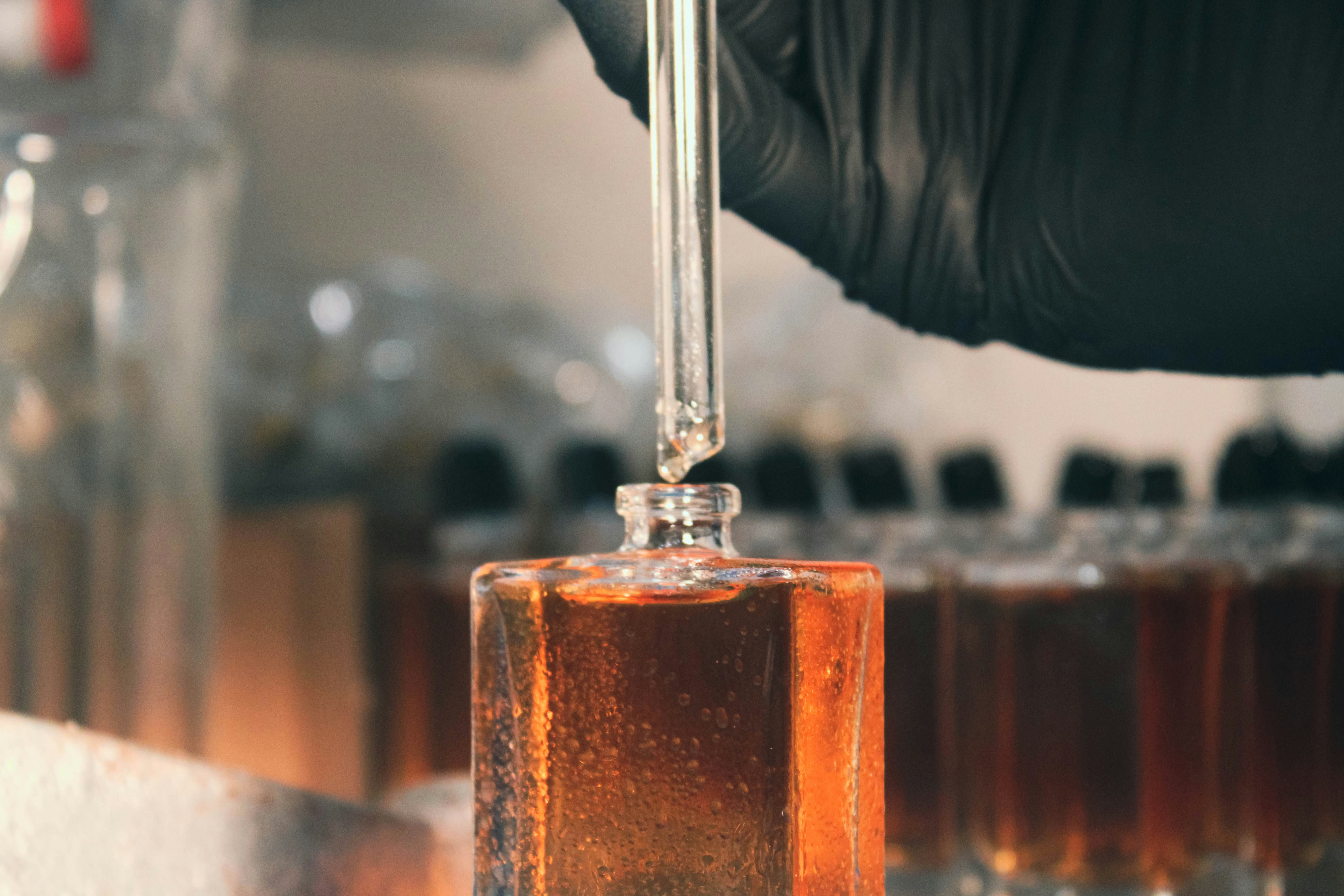








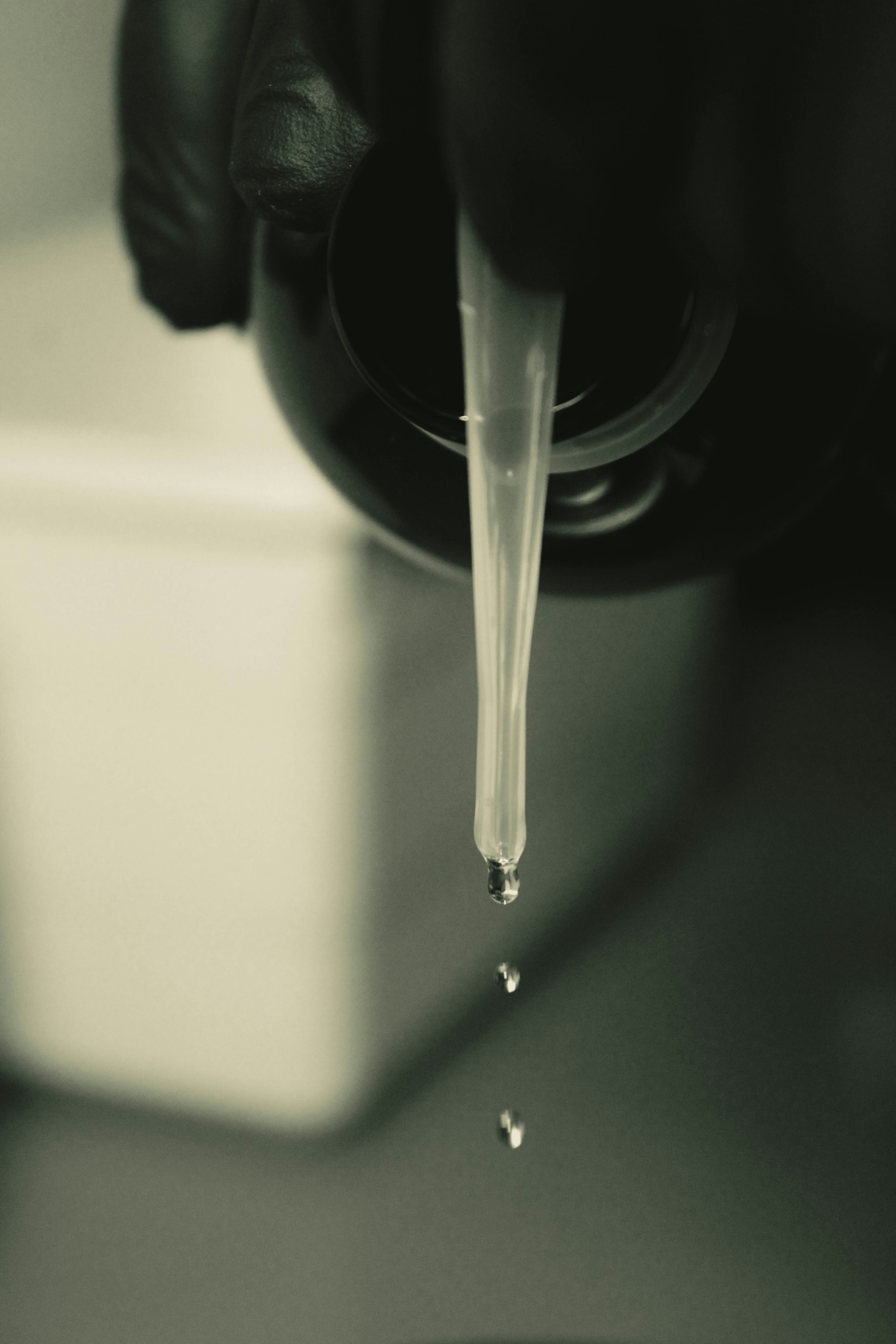











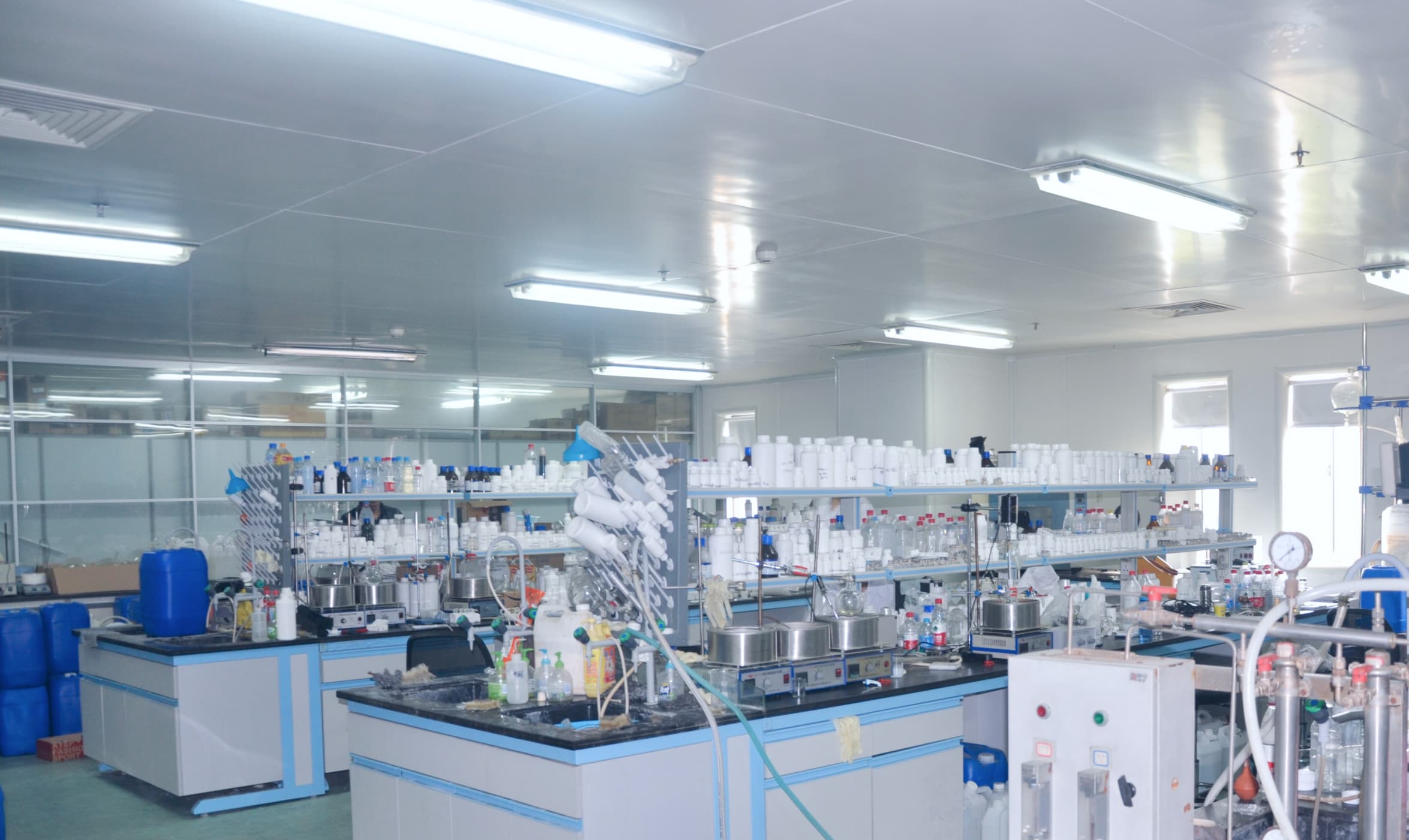


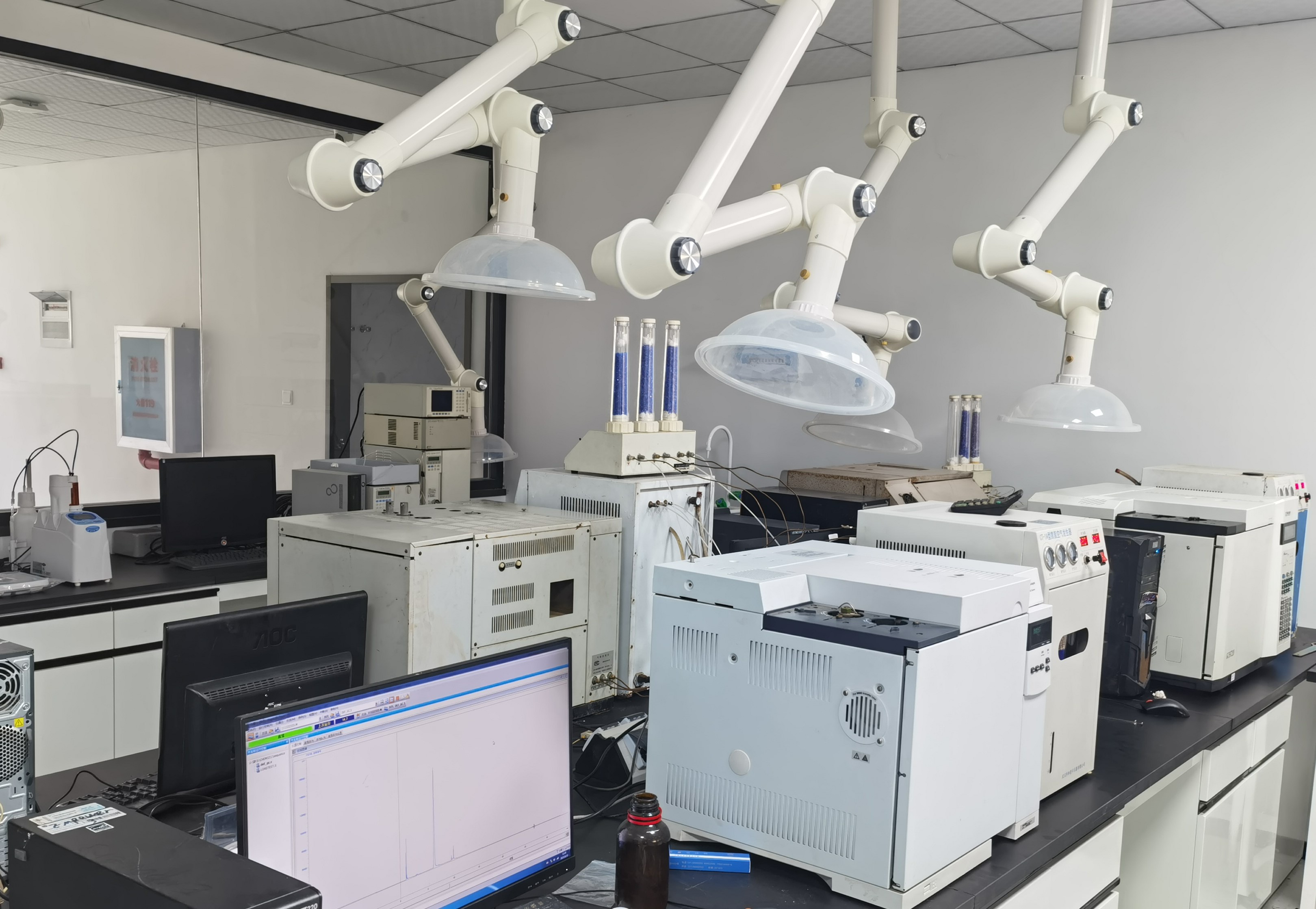

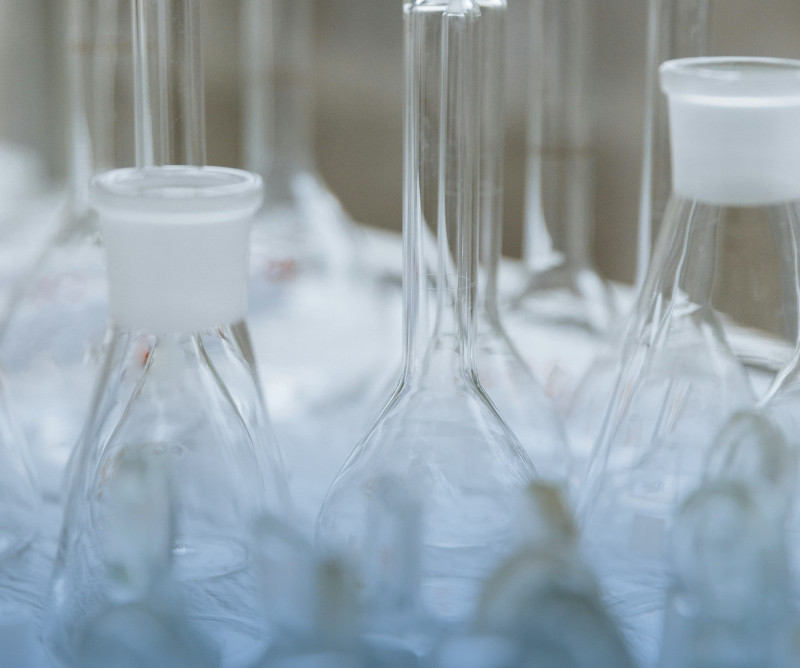

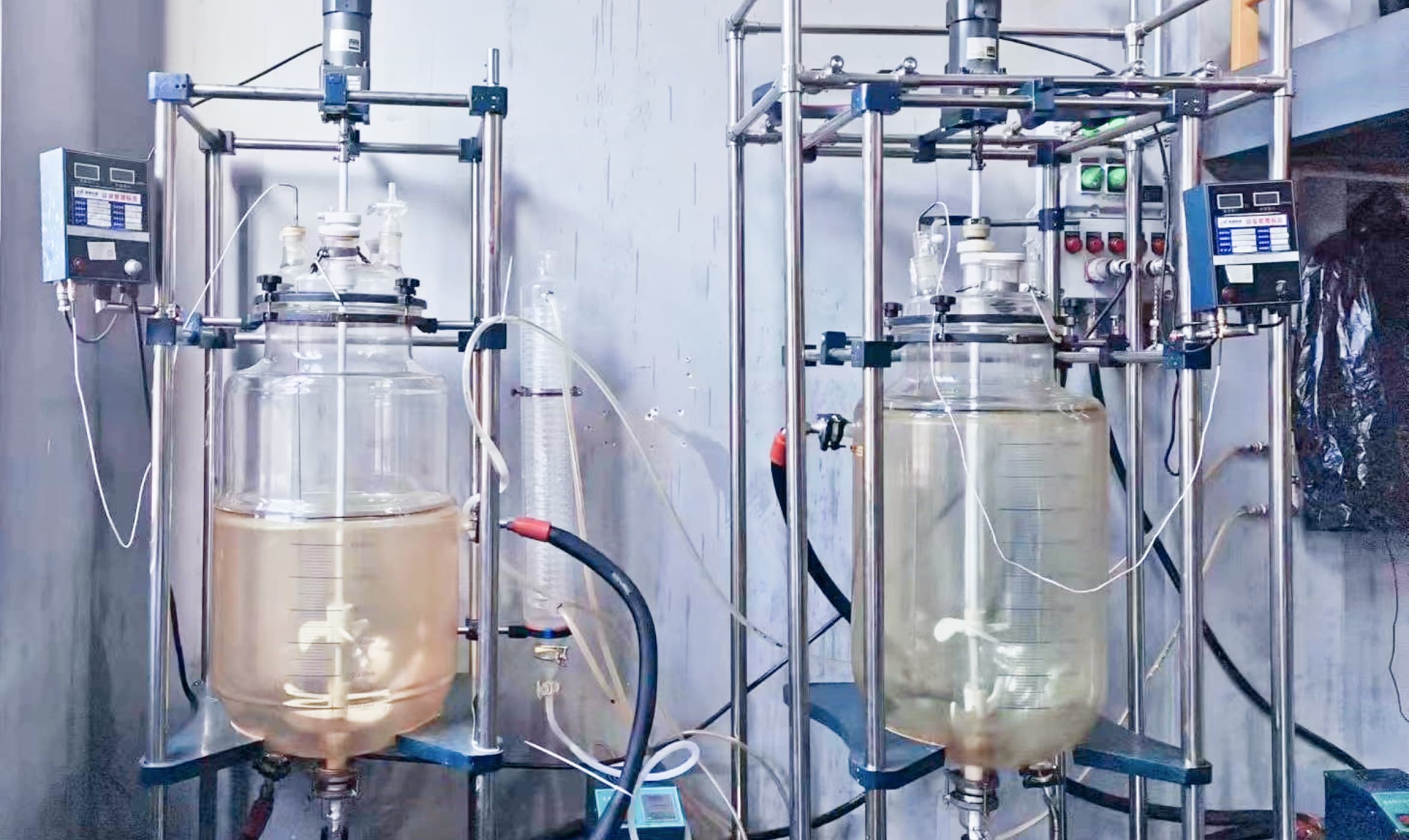



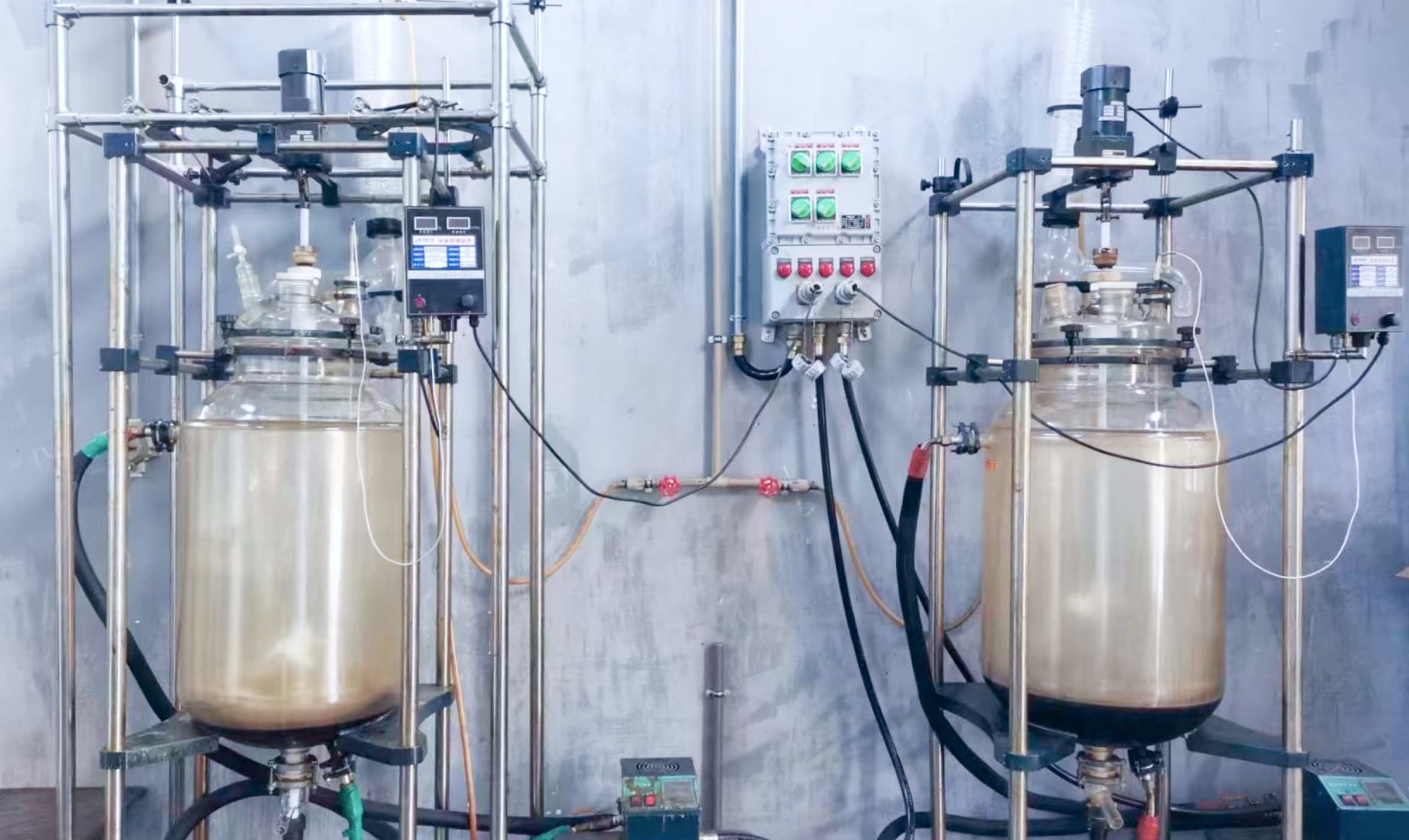
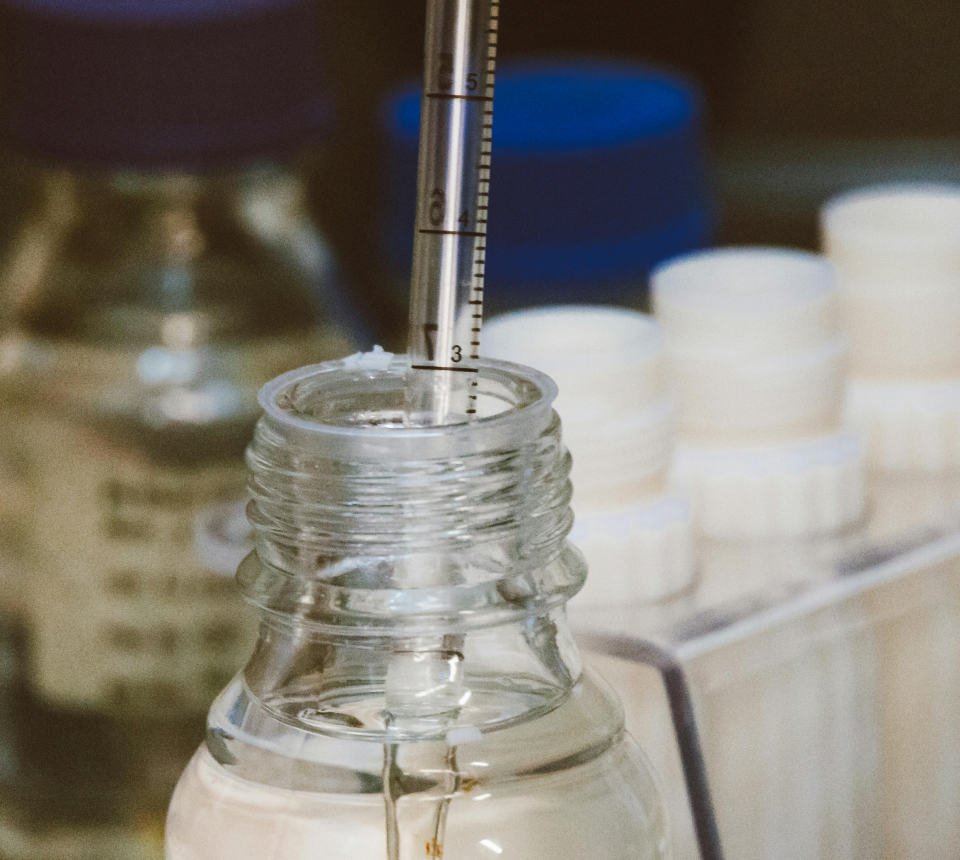





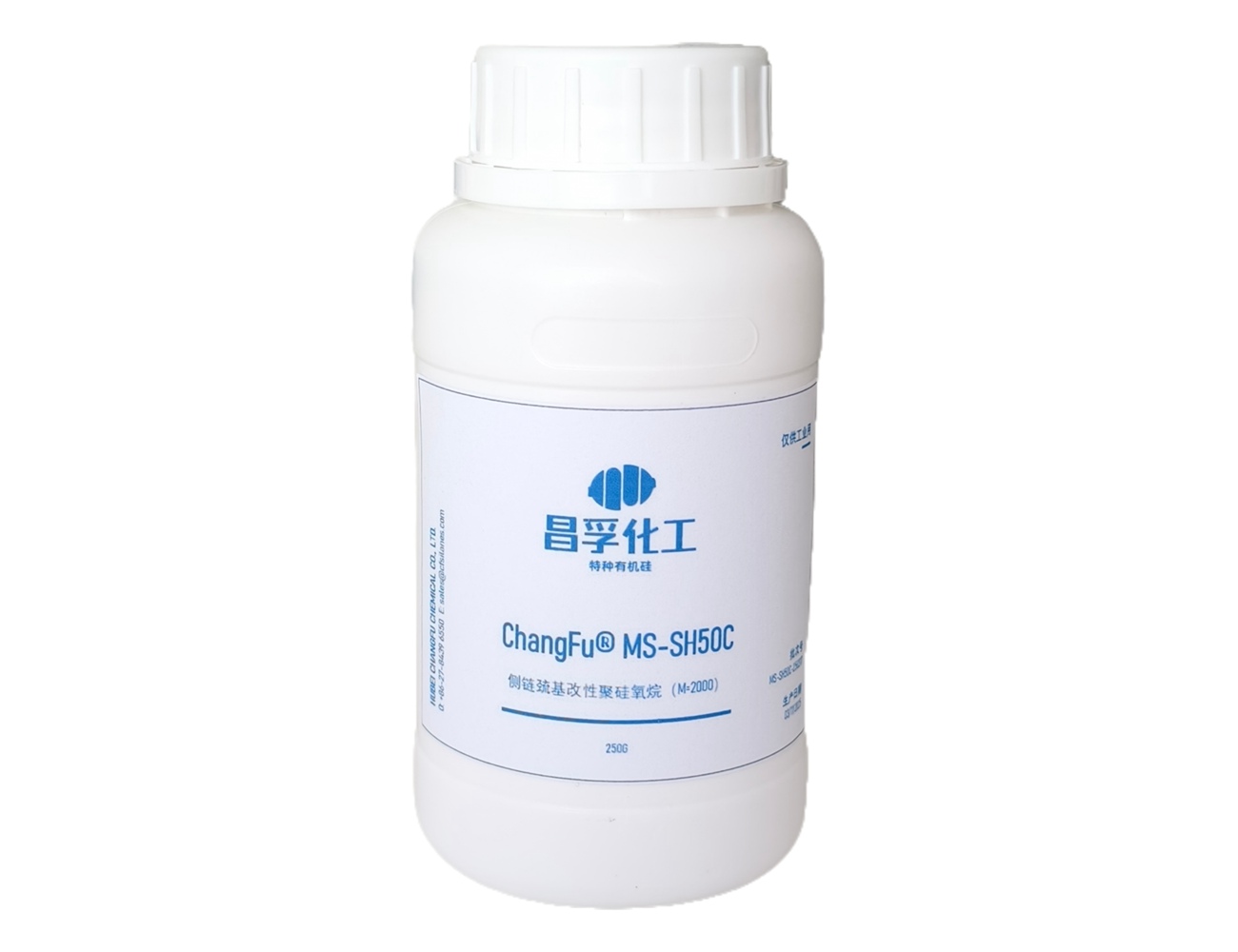



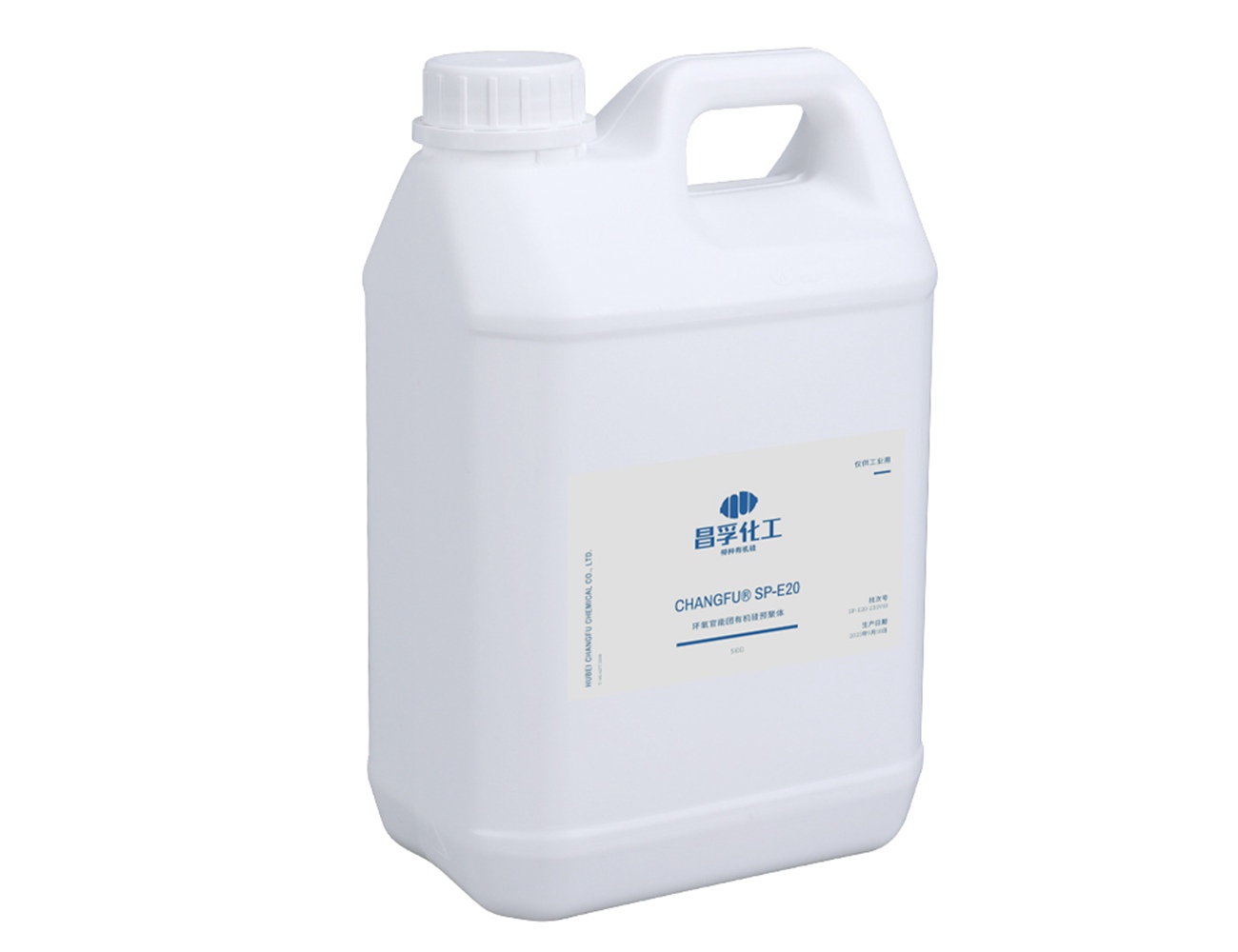
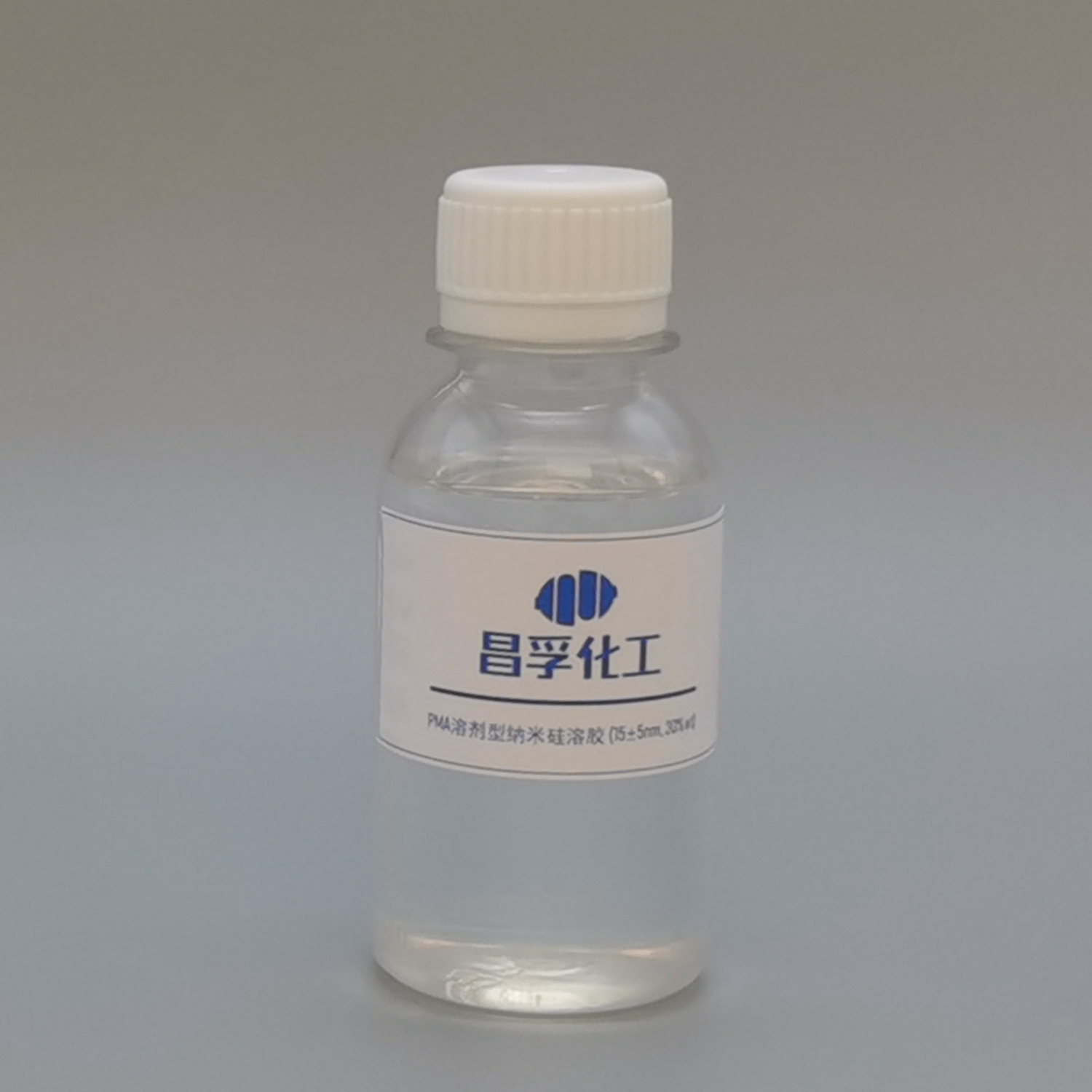
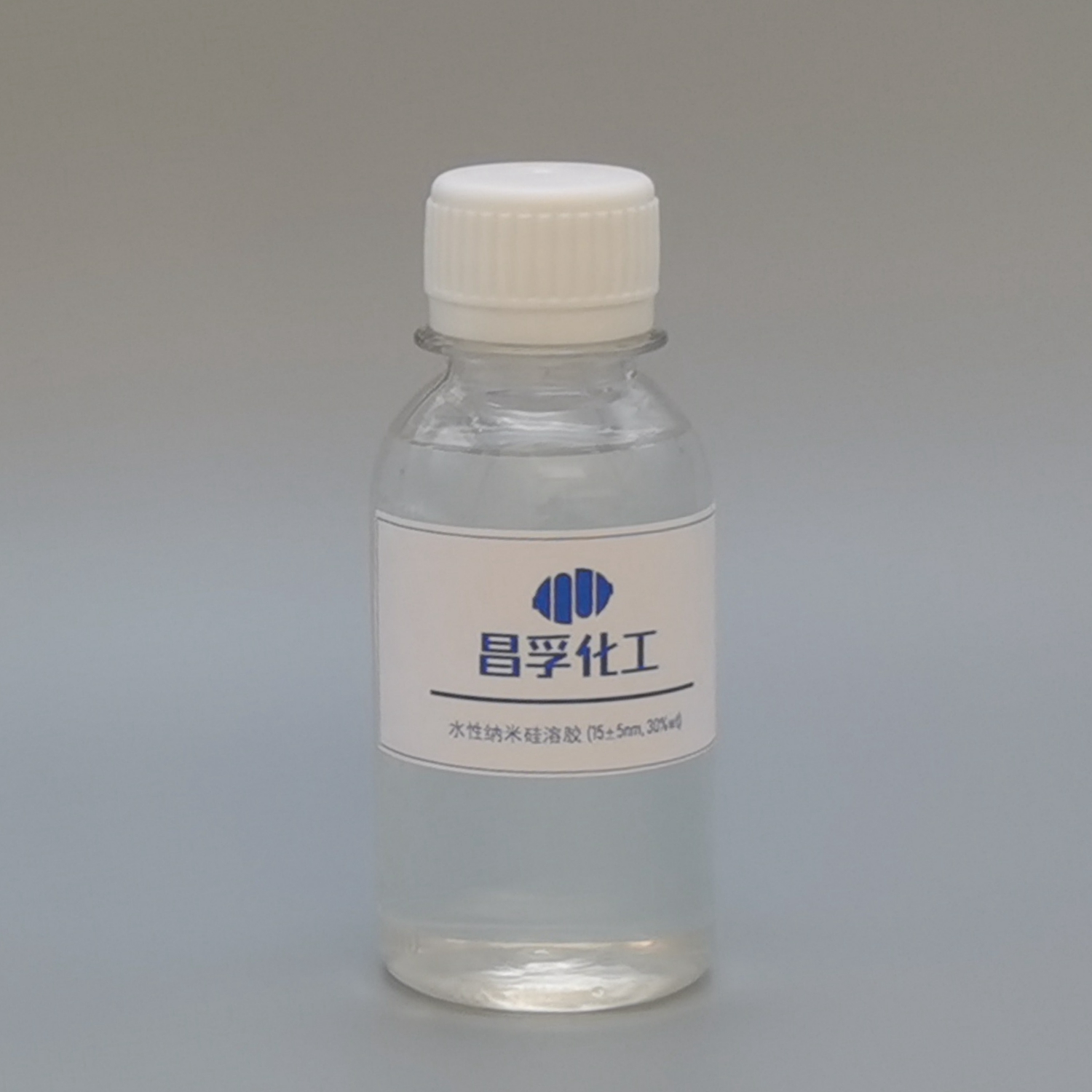

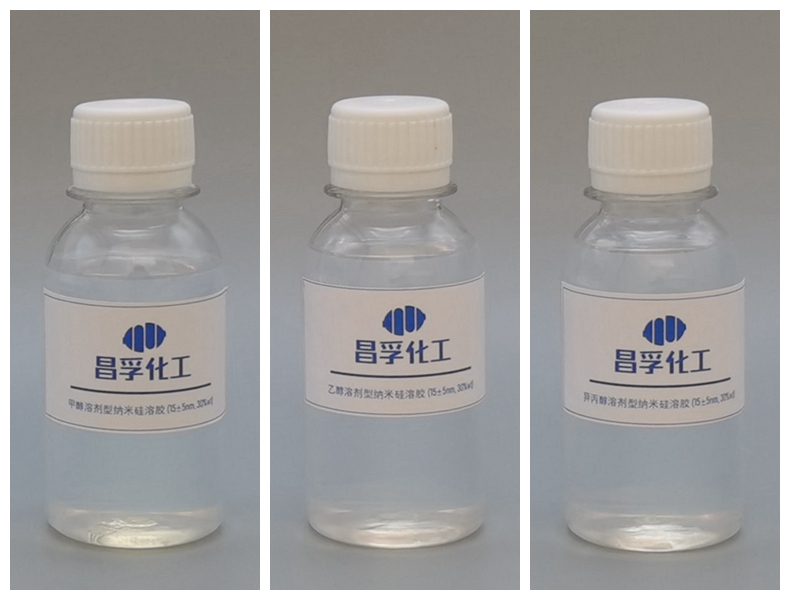
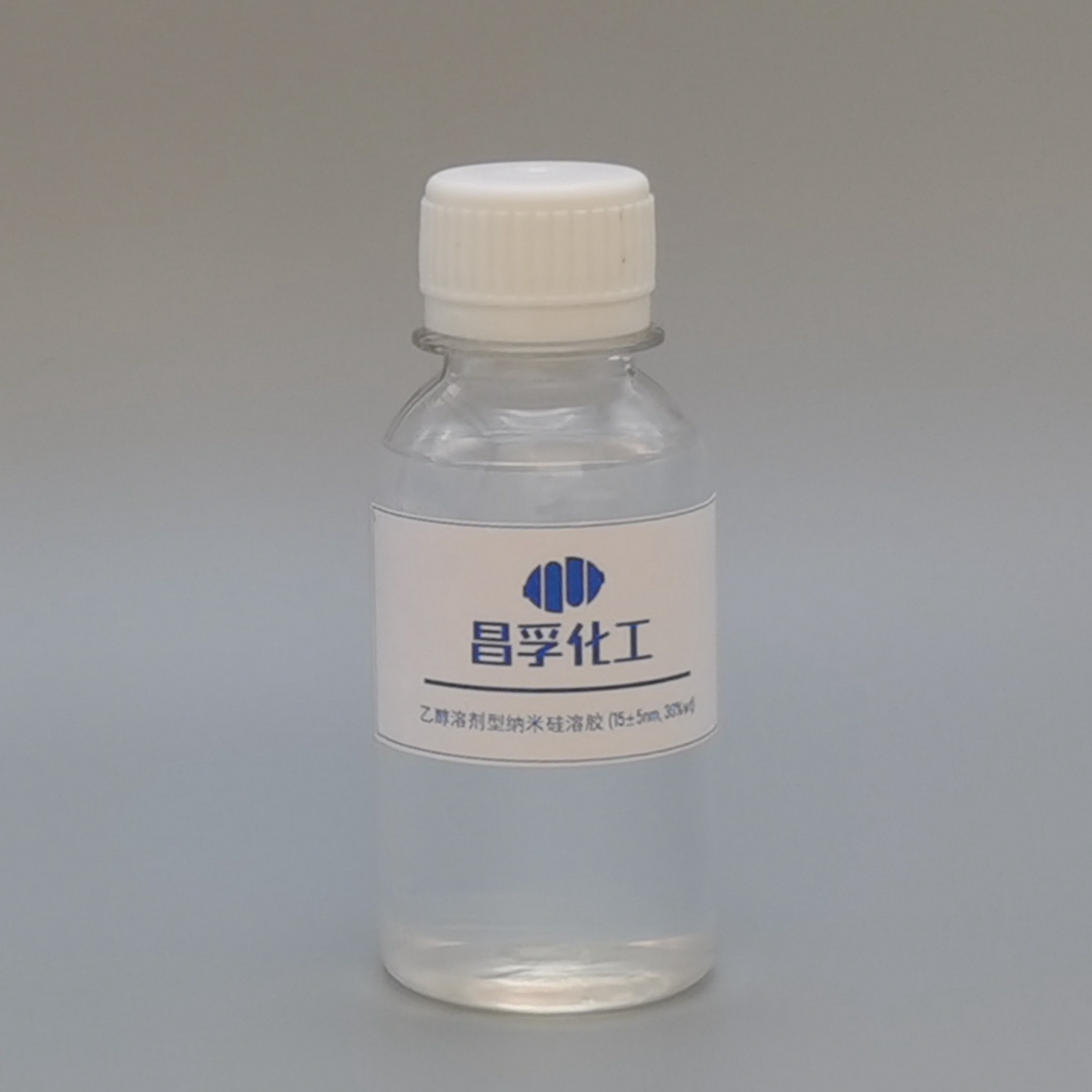
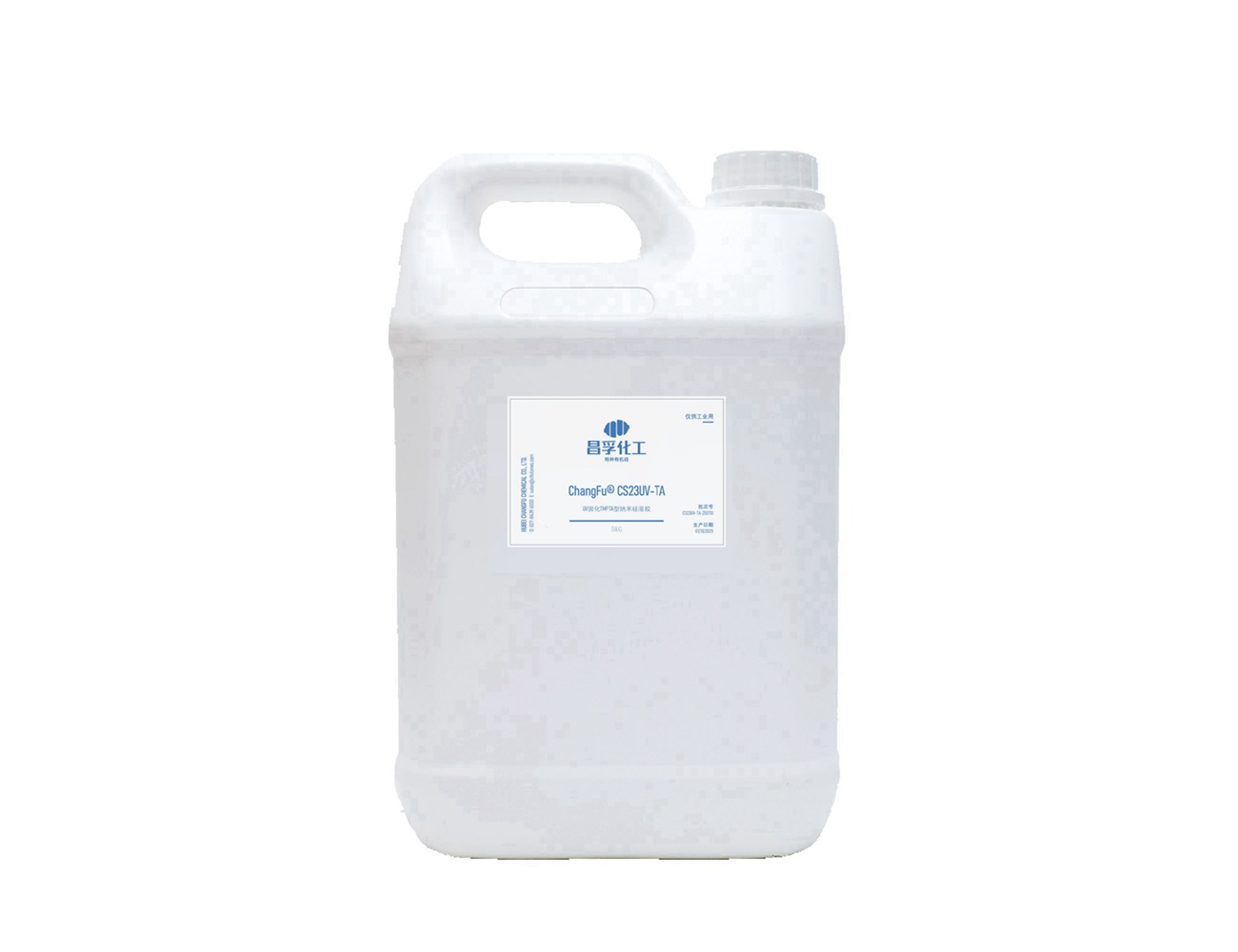
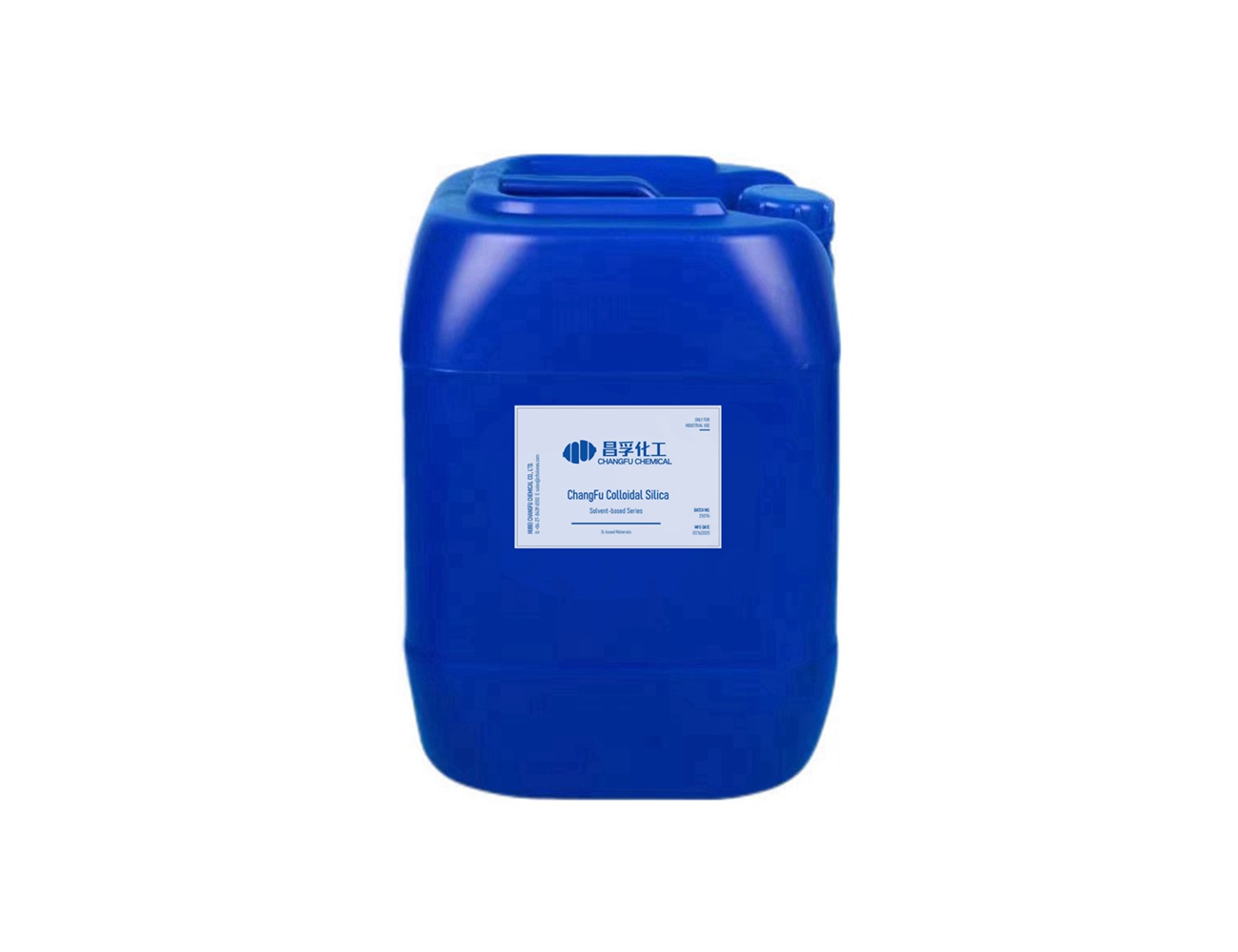


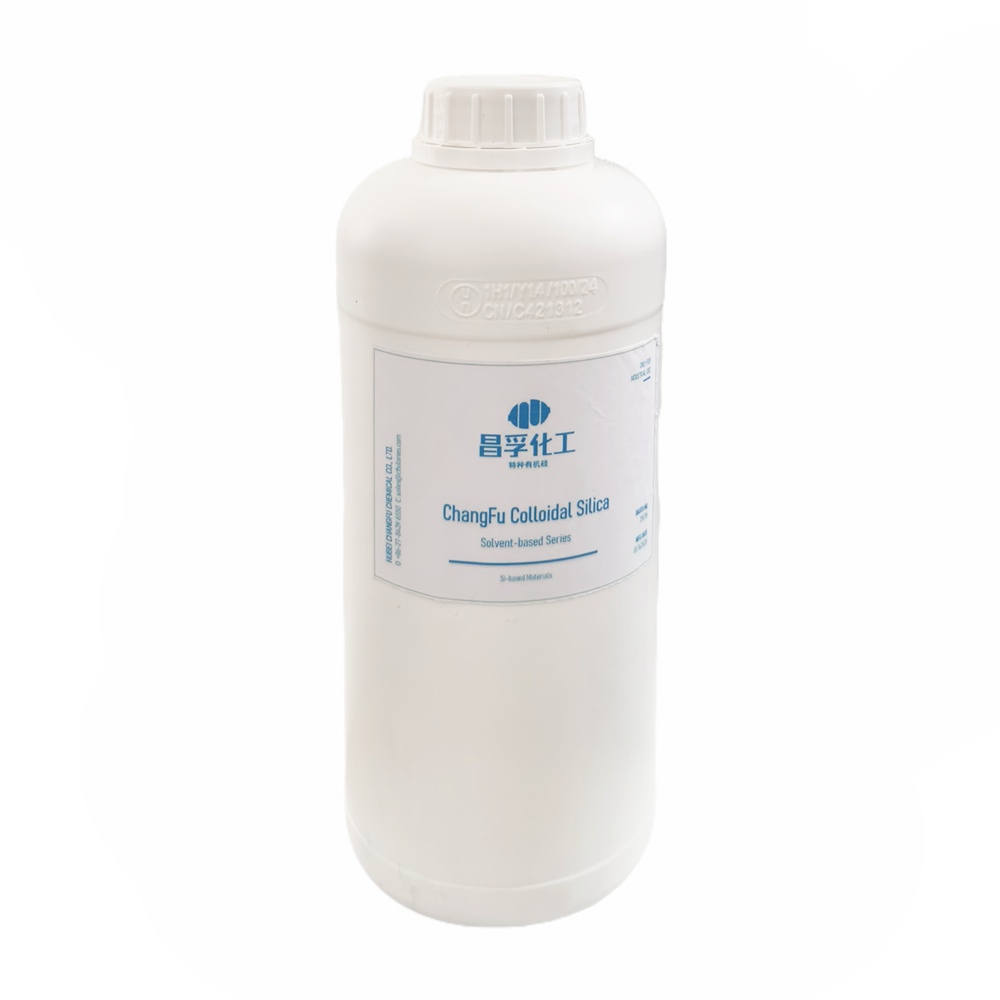


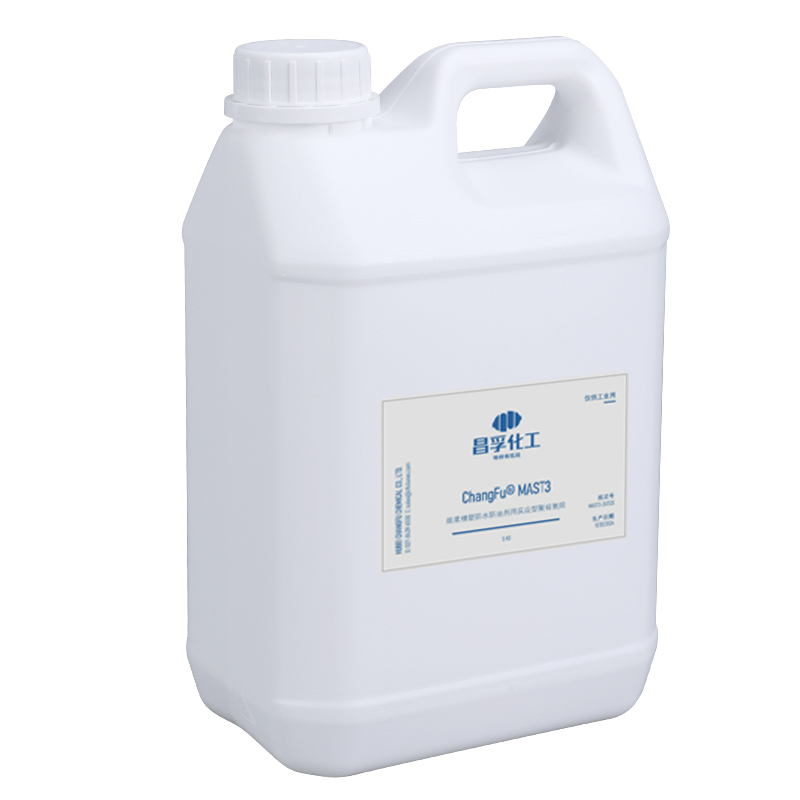





































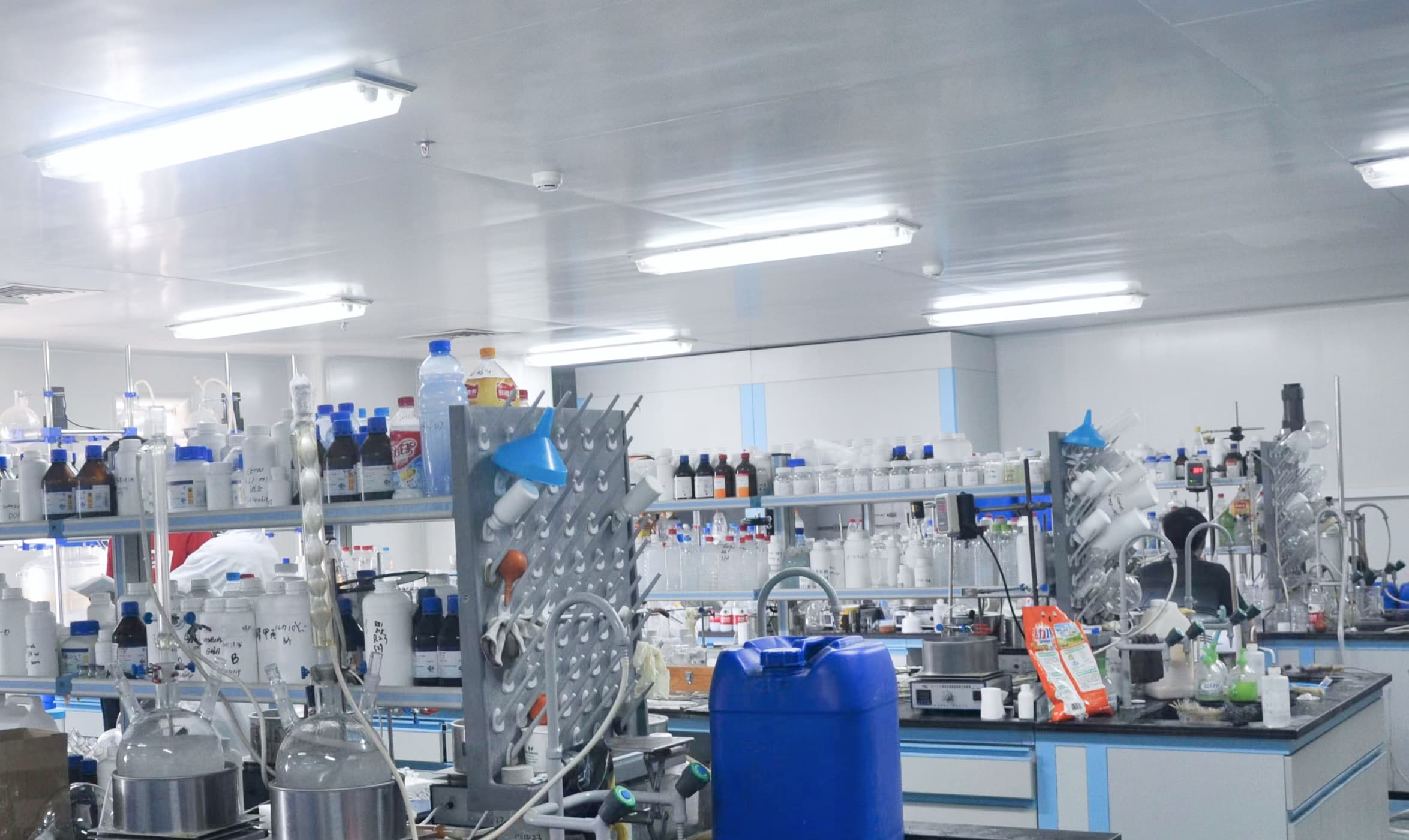

+86 27 8439 6550
+86 181 6277 0058
sales@cfsilanes.com
Optics Valley Bio-City
No. 666, Gaoxin Avenue
Hongshan District, Wuhan City

+86 27 8439 6550 | +86 181 6277 0058
sales@cfsilanes.com
Optics Valley Bio-City
No. 666, Gaoxin Avenue
Hongshan District, Wuhan City
Copyright © Hubei ChangFu Chemical Co., Ltd. All Rights




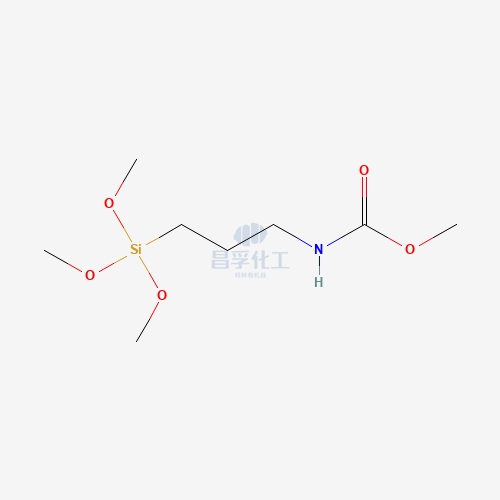
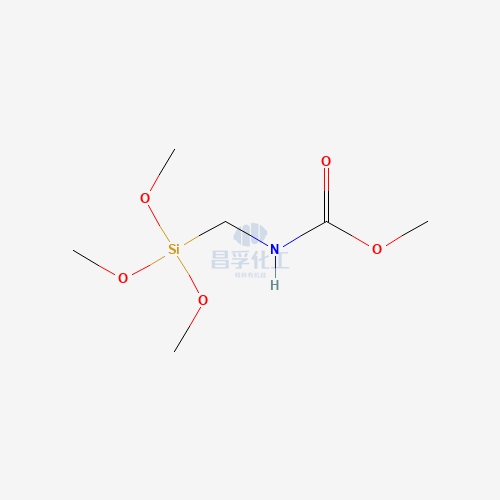
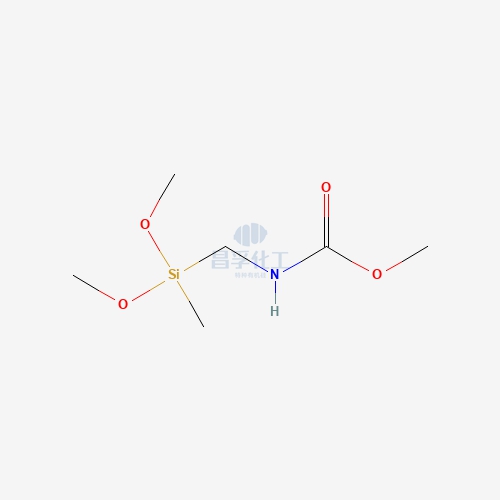
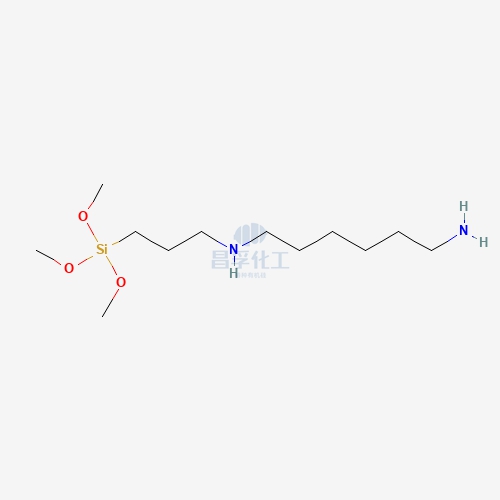
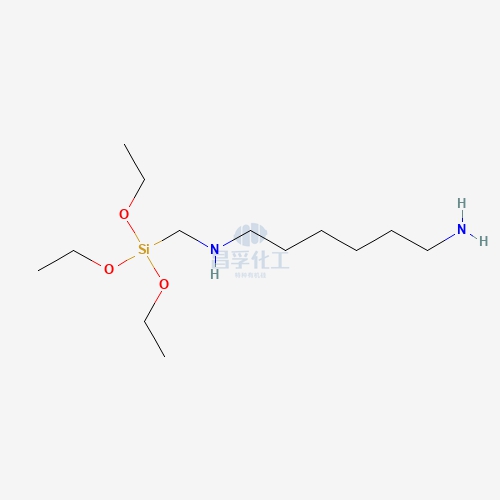
![N-[5-(Trimethoxysilylpropyl)-2-aza-1-oxopentyl]caprolactam CAS: 106996-32-1 106996 32 1 N-[5-(Trimethoxysilylpropyl)-2-aza-1-oxopentyl]caprolactam CAS: 106996-32-1 106996 32 1](https://cdn.yofishseo.com/1363882761272232/106996-32-1.jpg)
